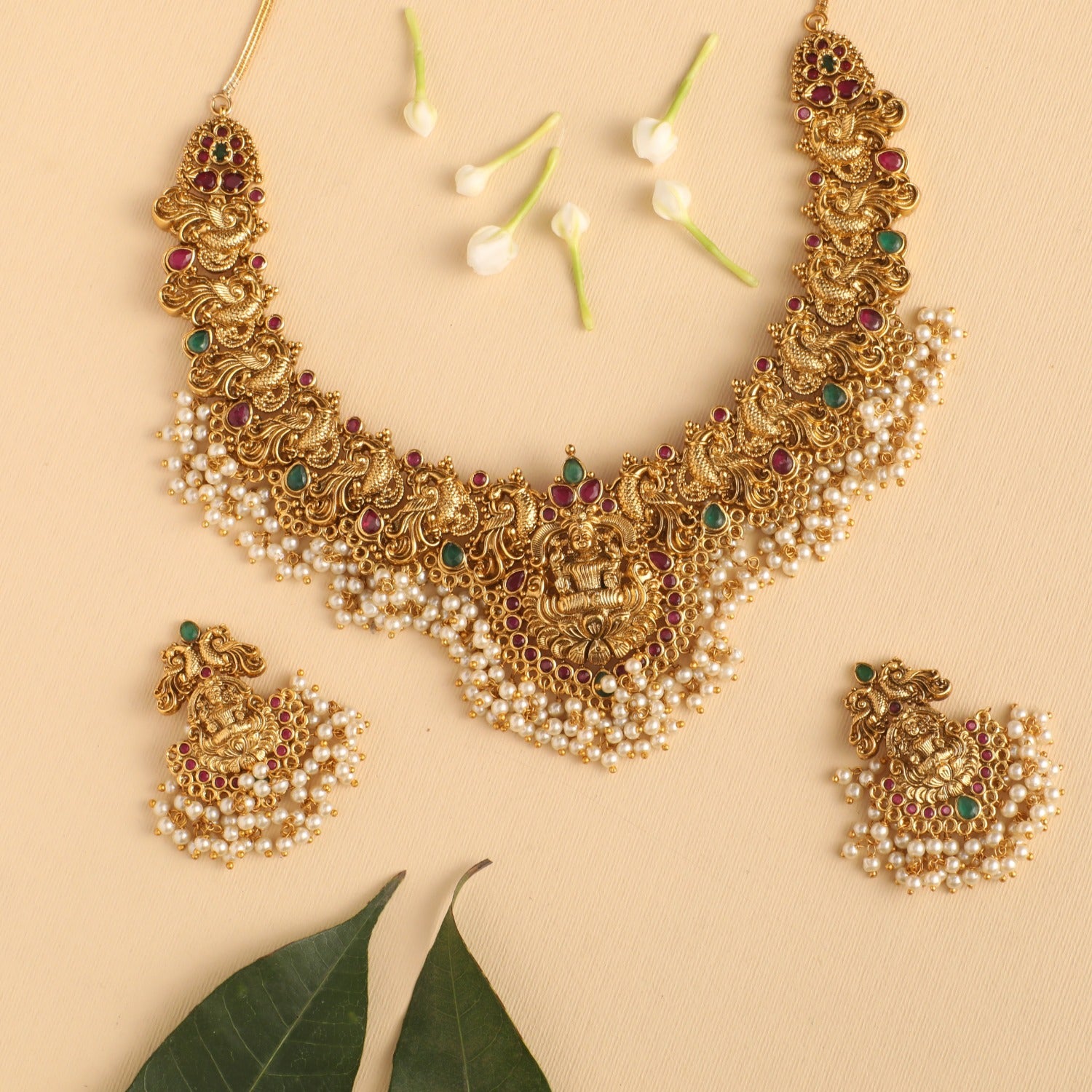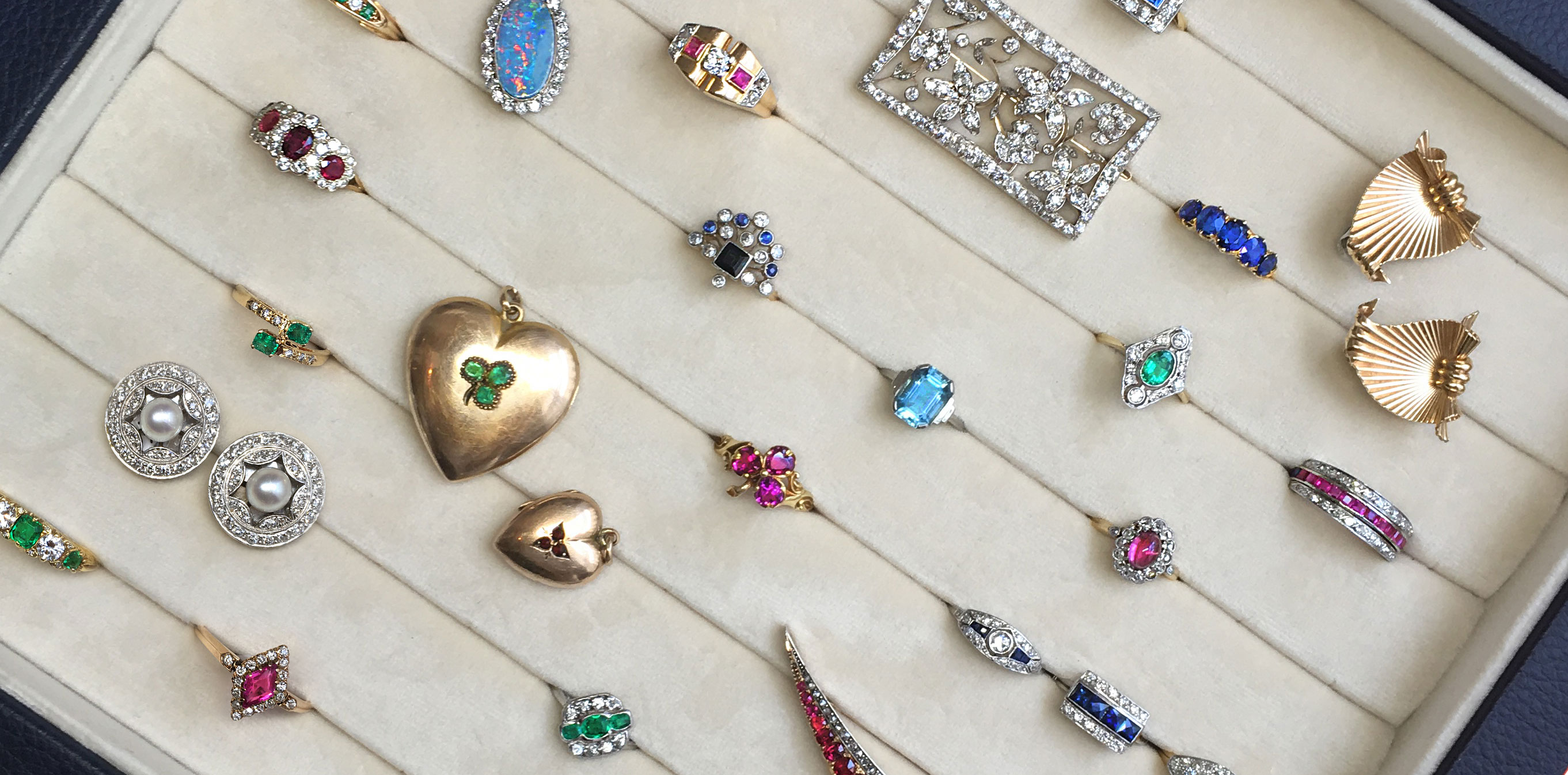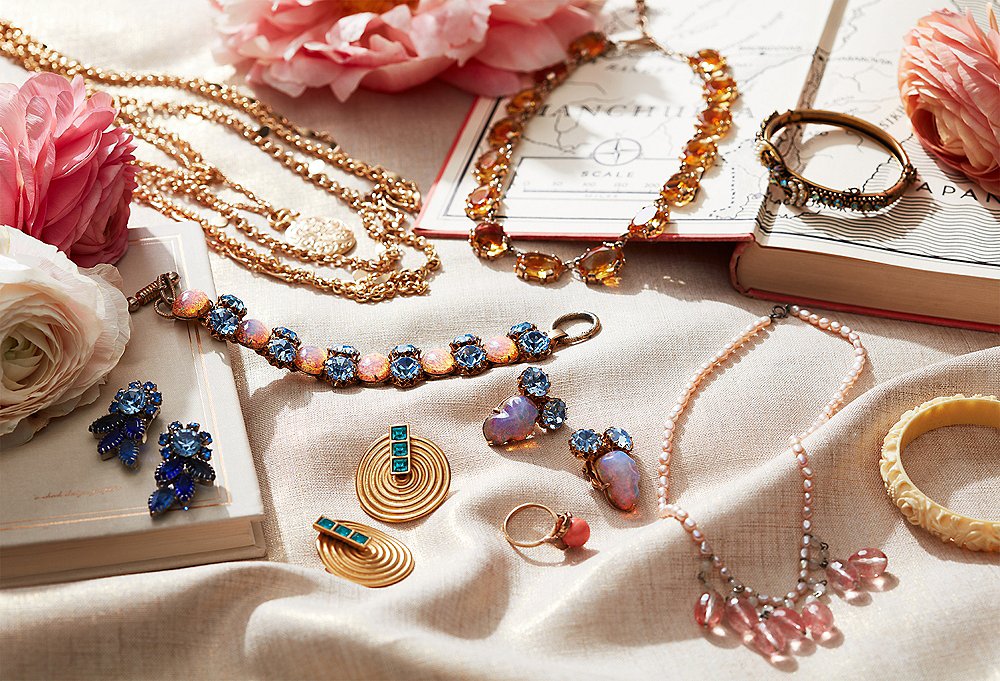Shop for unique antique jewelry with history.
Unveiling the Allure of Vintage Precious Jewelry: Recognizing Its Various Styles
Antique precious jewelry works as a captivating home window right into the past, supplying understandings into the social and creative nuances of numerous eras. Each design, from the emotive complexities of Victorian precious jewelry to the fluid style of Art Nouveau, encapsulates the beliefs and developments of its time. The succeeding opulence of Edwardian styles and the striking kinds of Art Deco even more highlight this evolution. Yet, as we discover these distinct designs, one should consider exactly how the value of these pieces goes beyond mere appearances, welcoming a deeper assessment of their historic and psychological vibration.
Victorian Era Precious Jewelry
The attraction of Victorian Period precious jewelry hinges on its detailed workmanship and extensive significance, reflecting the social values and emotional currents of the moment. Spanning from 1837 to 1901, this period was identified by an attraction with nature, mourning, and romanticism, which exceptionally affected jewelry layout. Jewelry items usually included sophisticated motifs, such as blossoms, animals, and elaborate fretwork job, crafted from materials like gold, silver, and gemstones.

Additionally, the technical innovations of the Industrial Transformation enabled even more complex styles and using new products, such as rubies and pearls. This democratization of luxury made fashion jewelry much more obtainable to the middle course, bring about an expansion of diverse designs. Overall, Victorian Era jewelry continues to be a captivating testimony to the intricate interaction of art, emotion, and societal standards throughout a transformative historic period.
Art Nouveau Creations
Identified by its organic forms and flowing lines, Art Nouveau jewelry emerged in the late 19th and early 20th centuries as a feedback to the mass manufacturing and stiff styles of the preceding eras. This creative movement sought to accept nature, including components such as blossoms, leaves, and vines into the styles. Art Nouveau pieces commonly featured unbalanced make-ups, highlighting a feeling of motion and fluidity.

Using cutting-edge methods, such as enameling and the unification of glass, further prominent Art Nouveau precious jewelry from its predecessors. The motion eventually celebrated individuality and artistic expression, making each piece an one-of-a-kind masterpiece. Therefore, Art Nouveau productions remain to captivate enthusiasts today, embodying a distinct mix of elegance and nature that continues to be timeless.
Edwardian Period Parts
During the very early 20th century, the Edwardian duration witnessed a remarkable advancement in precious jewelry style, noted by a focus on anchor beauty and opulence. This age, named after King Edward VII, covered from 1901 to 1910 and is defined by the detailed craftsmanship and delicate looks that specify its items.
Precious jewelry from this period often features platinum settings, a product that permitted finer and even more intricate layouts, enhancing the play of light against the gems. The usage of rubies prevailed, typically set up in sophisticated themes such as lattice and floral patterns. Edwardian jewelry also accepted the use of pearls, which added a soft, luminescent high quality to the items.
Brooches, lockets, and jewelry came to be famous, showcasing the era's fondness for enchanting and wayward designs. The "garland style," which involved the usage of ribbon-like concepts, was specifically preferred, this link showing the naturalistic influences of the moment. Furthermore, pieces commonly bundled colored gemstones to develop striking contrasts, additional raising their aesthetic allure. Overall, Edwardian duration jewelry remains a testimony to a time when artistry and sophistication preponderated on the planet of adornment.

Art Deco Designs
Arising in the 1920s and thriving with the 1930s, Art Deco creates represent a strong separation from the elaborate styles of previous periods, embracing geometric shapes, structured types, and vivid shades. Characterized by a sense of modernity, this design movement drew motivation from numerous resources, including cubism, old Egyptian themes, and the vibrant appearances of the machine age.
Art Deco fashion jewelry usually includes strong contrasts, integrating materials such as platinum, gold, and colored gemstones to develop striking visual results. Using complex patterns and themes, including zigzags, chevrons, and flower elements, showcases the workmanship of the moment. Especially, the era likewise saw the intro of new strategies such as enamel work and the usage of synthetic stones, increasing the opportunities for creative expression.
Pieces from this duration frequently radiate beauty and refinement, making them extremely looked for after by collection agencies and lovers alike. Art Deco fashion jewelry offers not just as a reflection of its time yet also as a testament to the long-lasting allure of its ingenious styles. It holds a significant place in the background of antique precious jewelry, commemorated for its unique design and social significance.
Retro and Mid-Century Styles
Retro and Mid-Century styles, covering from the 1940s to the 1960s, represent a vibrant duration in jewelry style that mirrors the positive outlook and development of post-war culture. antique rings austin. Characterized by bold layouts and using innovative products, this era saw a departure from the detailed describing of previous styles, embracing rather a much more spirited and exuberant aesthetic
Fashion jewelry from this period frequently features big, colorful gems, consisting of citrine, aquamarine, and tourmaline, set in yellow gold-- a material that got prestige as a result of its cozy tones and malleability. The designs regularly included wayward themes such as floral patterns, abstract forms, and geometric forms, capturing the spirit of modernity and flexibility that defined the period.
Remarkable designers like Cartier and Van Cleef & basics Arpels made significant payments to Retro and Mid-Century styles, producing items that combined workmanship with imaginative style. Moreover, the influence of Hollywood glamor during this moment brought about an increased demand for statement fashion jewelry, making it a necessary device for the stylish elite (antique jewelry austin). Accumulating Retro and Mid-Century fashion jewelry today supplies lovers a look into a transformative duration in background, identified by imagination and cultural advancement
Final Thought
The exploration of antique fashion jewelry discloses a vibrant spectrum of designs, each embodying the cultural and creative nuances of its corresponding era. From the emotional depth of Victorian designs to the innovative spirit of Retro items, these artifacts act as essential historical narratives. Recognizing the distinct characteristics of each duration enhances admiration for the craftsmanship and relevance behind these accessories, strengthening their condition as not just attractive things but additionally important links to the past.